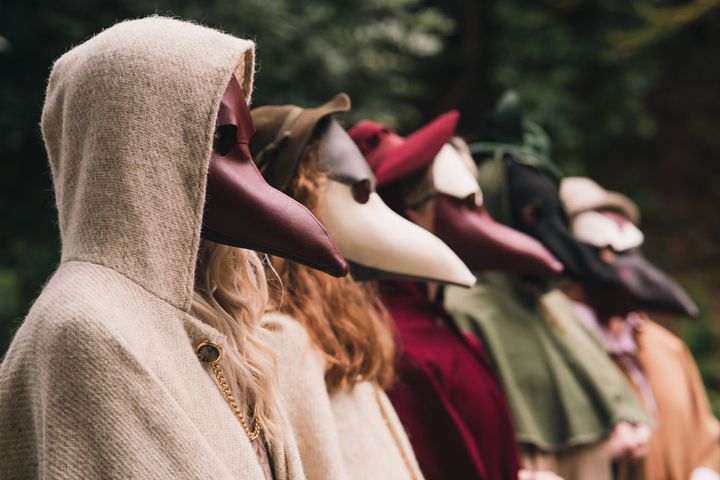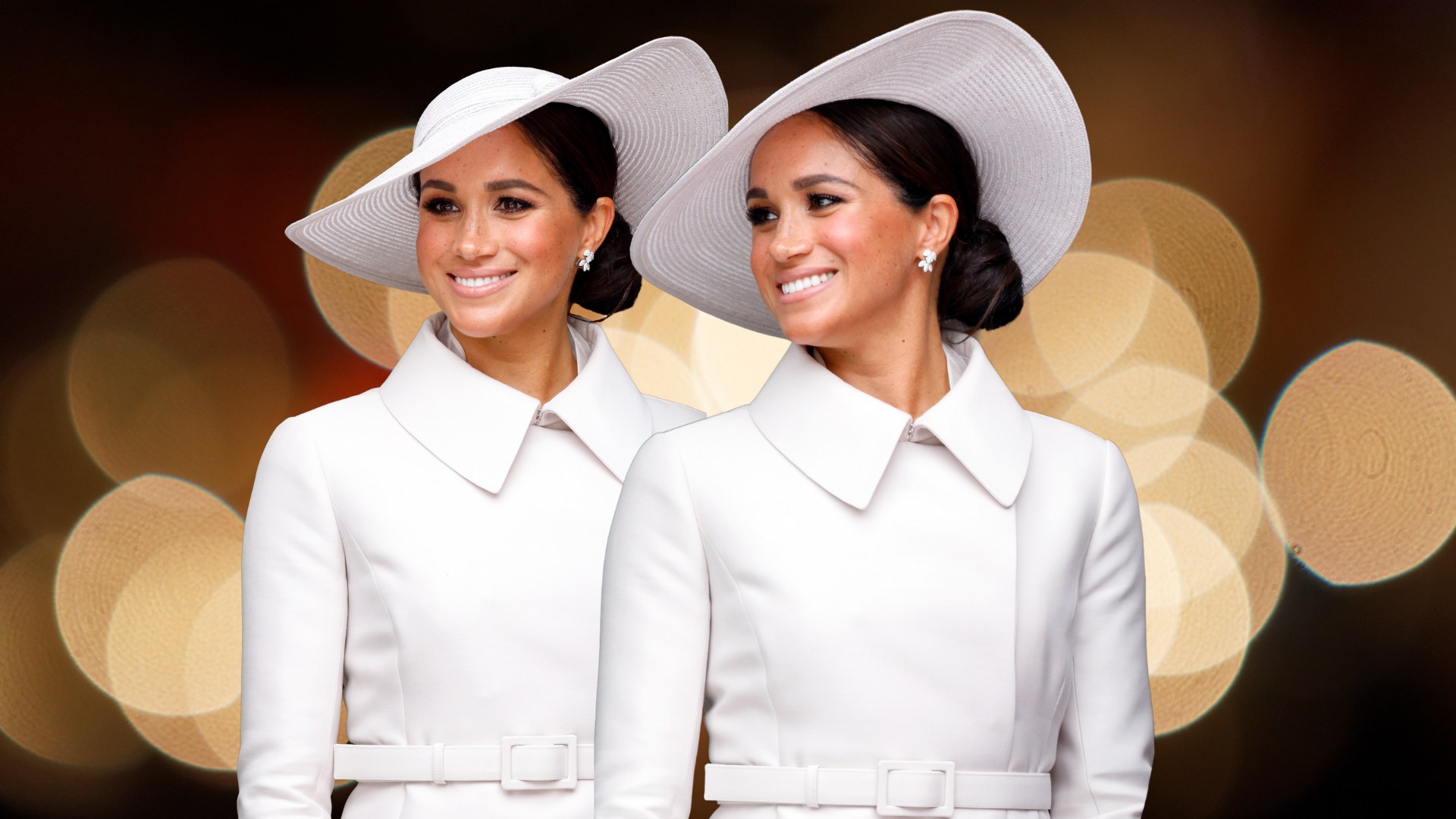How it began Legend has it that the midnight kiss traces back to ancient Roman Saturnalia festivals and European masquerade balls. Revelers would remove their masks at midnight and kiss to mark the end of one year and the start of another. Folklore added a layer of superstition, claiming the kiss would bring good luck and ensure strong relationships in the year ahead.
One of the earliest recorded mentions of the midnight kiss showed up in a New York Times article from Jan. 3, 1863, noting, "New Year's Eve is a great time among the Germans, who assemble around the domestic fireside ..
. As the clocks ring out the hour of midnight, all this festivity pauses for a moment, to listen, and as the last stroke dies into silence, all big and little, old and young, male and female, push into each other's arms, and hearty kisses go round like rolls of labial musketry." The tradition was clearly beloved, as the article adds, "Gentlemen and ladies in the bloom of youth heartily approve this custom!" Over time, the midnight kiss became a fixture of New Year's celebrations, fueled by popular culture and traditions.
But just like the Times Square ball drop, not everyone is into it anymore. Why it's falling out of favor A 2022 Rasmussen Reports survey found that only 45% of American adults planned to kiss at midnight—down from 51% the year before. Younger generations, especially millennials and Gen Z, are increasingly rejecting tradition.
For many—especially singles, asexual people or anyo.



















